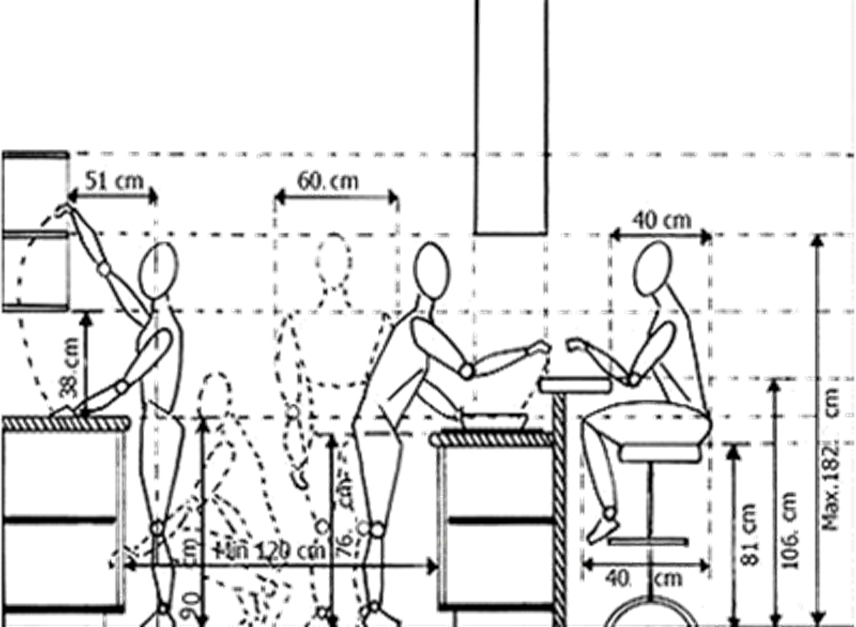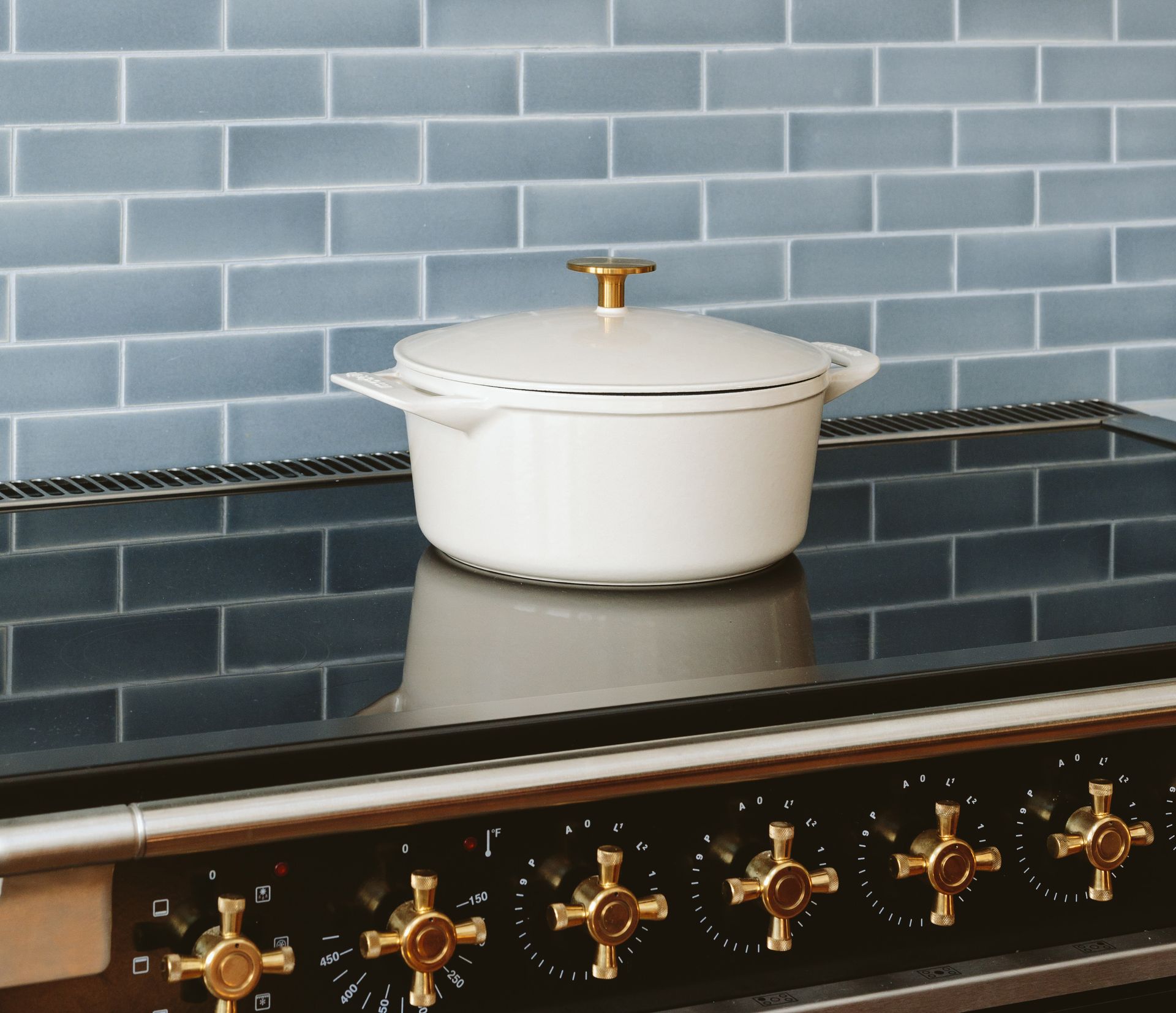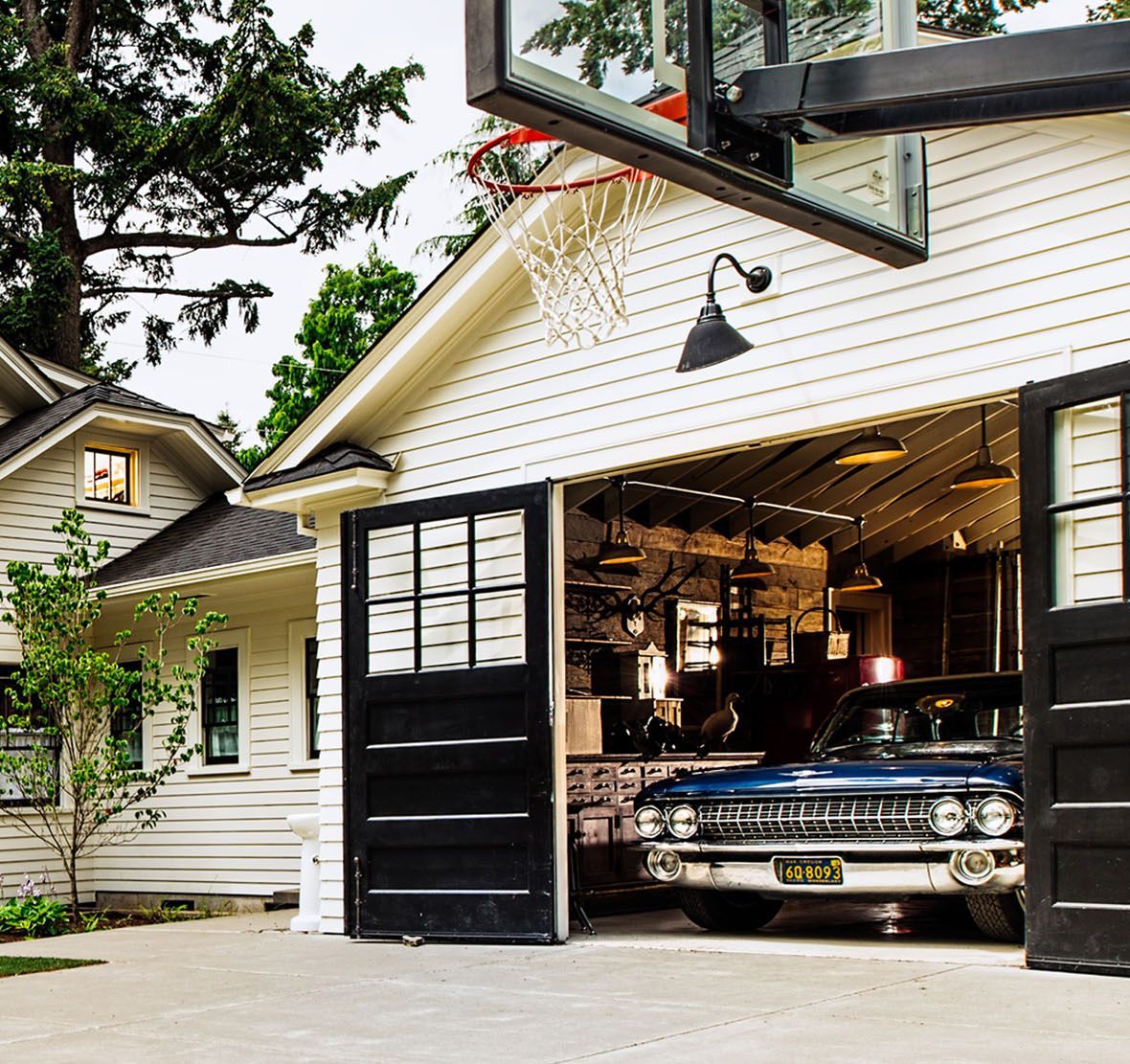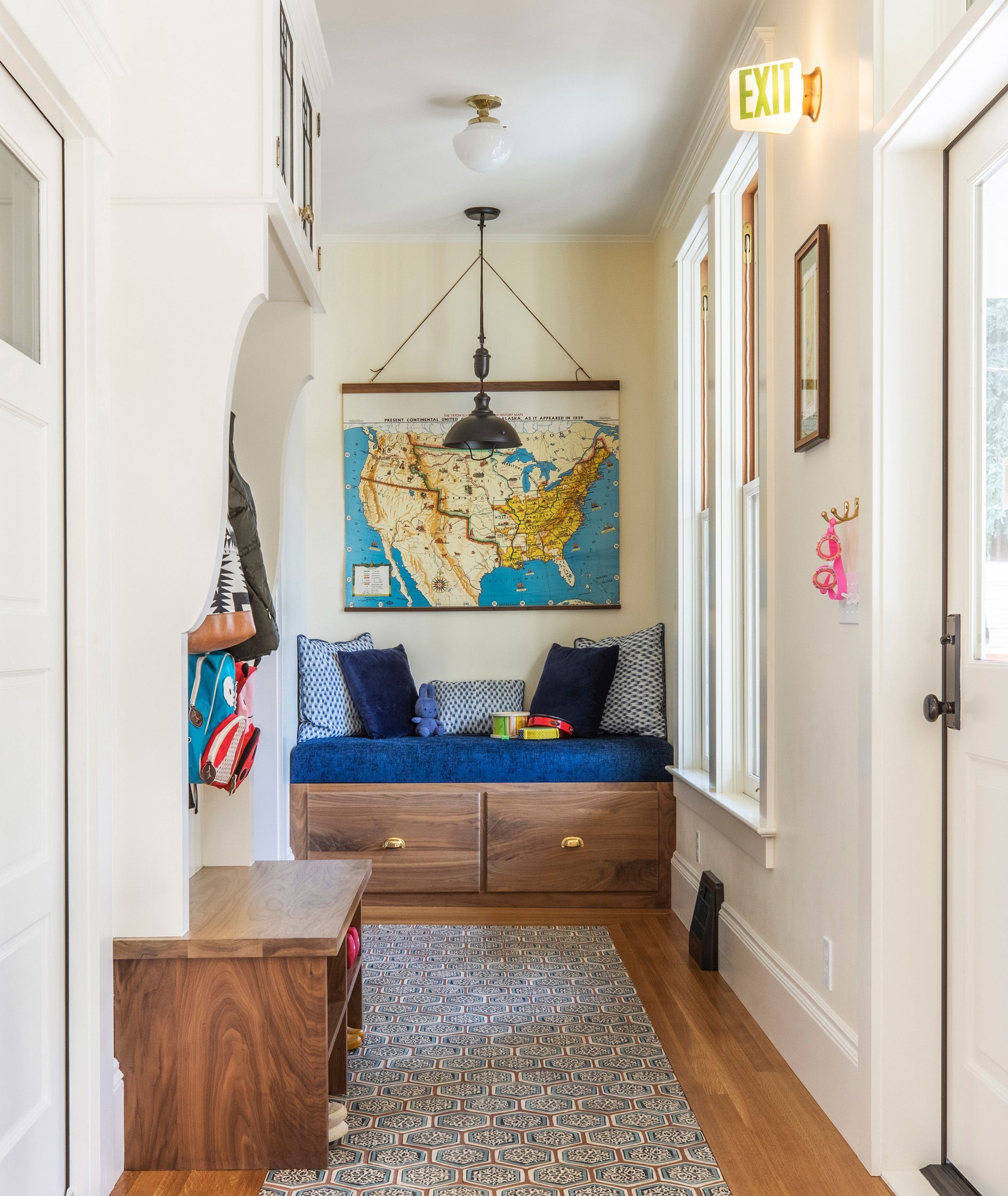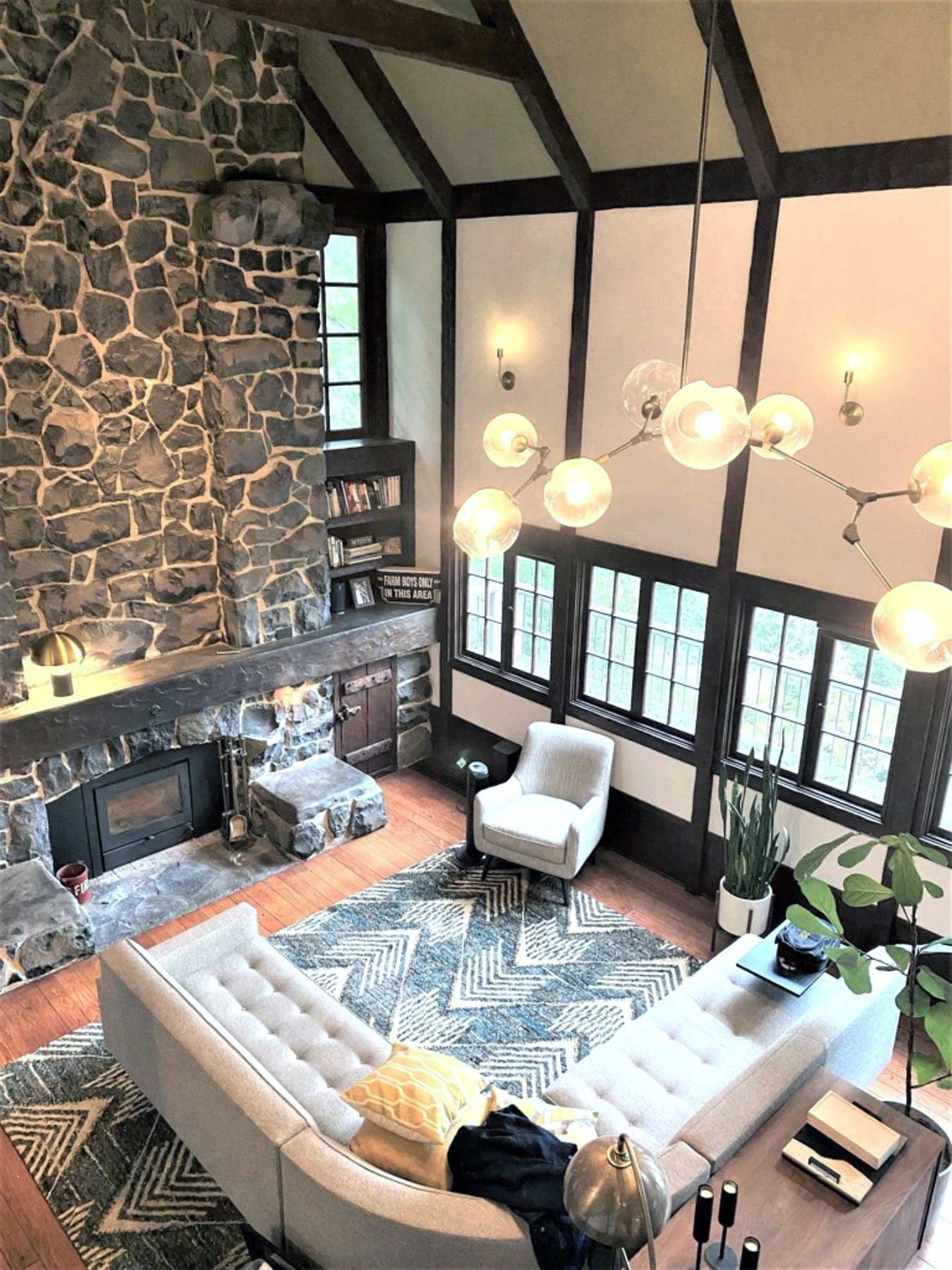9 Things Your Designer will Consider that You’ll Never See
If you are planning a kitchen remodel, your dreams are probably focused on ideas about counter top material, tile selections and new appliance choices. Here are a few of the less visible things our designers will think about for you to make your both kitchen beautiful and functional.
1. Work Triangles
This refers to the cooking area, sink and refrigerator. The concept behind the work triangle is that when the three elements are in close proximity to each other, the kitchen will run efficiently.
2. Work Zones
Think about the areas where you prep, cook and clean. Is the waste container near the prep zone? Is there counter space near the stove?
3. Ergonomics
Think about the height of your counters and whether there will be two or four people in your kitchen. Is there enough space to move without constantly bumping into each other? Cabinet height, drawers instead of doors and pullout trays can all play a role in an ergonomically correct kitchen.
4. Aging in Place
If this is your forever home, will you be able to reach into your cabinets easily? Is there enough light to see as your eyesight changes over time?
5. Hood Venting
This kitchen project designed by Chelly Wentworth required the removal of an existing chimney and the re-routing of the stove exhaust through a new hood and into the soffit above the penninsula.
Depending on the location of the hood and the direction of ceiling joists, venting the hood can be challenging. There are also minimum clearances required for venting that is located next to operable windows.
6. Outlet Placement
Are there enough outlets and are they logically placed? Code requires that you have outlets placed every five feet plus some.
7. Range Hood Placement and Size
This kitchen renovation in a Portland National Monument building included a custom range hood designed for the project. Design by Anne De Wolf.
Hoods should be placed a certain distance from the cooking appliance for optimum ventilation as well as at a distance that works with the user’s height.
8. Appliance Placement
This is an important thing to take into consideration for creating a work triangle and work zones that correspond to how the user will use the space. We will also consider how appliance door swings and clearances will affect adjacent cavinets and other obstacles.
9. Material Durability/Maintenance Needs and Concerns
This kitchen designed by Anne De Wolf features soapstone counters.
While it may cost more initially, selecting durable materials will pay off in the long run. The soapstone counters pictured above require additional maintenance (they should be oiled regularly), but patina beautifully over time. If you prefer a more pristine look, your designer may recommend a counter top material that is less porous.
See More Stories



